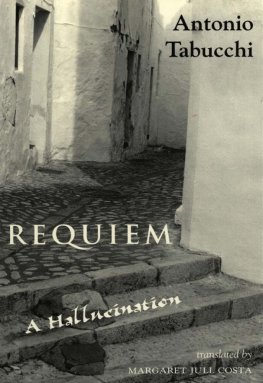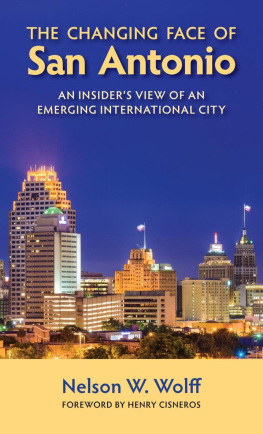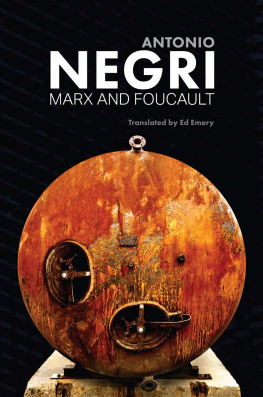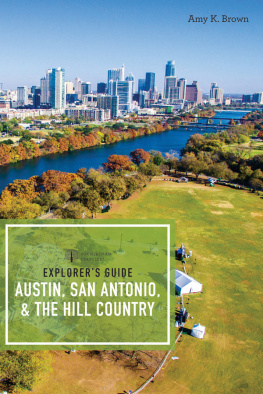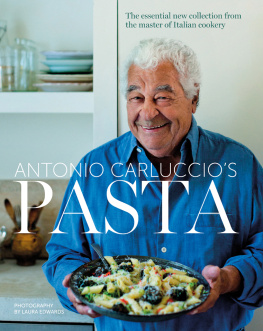ISBN for this digital edition: 978-0-8263-4312-3
2008 by the University of New Mexico Press
All rights reserved. Published 2008
Printed in the United States of America
First paperbound printing, 2016
Paperbound ISBN: 978-0-8263-4311-6
20 19 18 17 16 1 2 3 4 5
The Library of Congress has cataloged the printed edition as follows:
Hernndez-Ehrisman, Laura, 1972
Inventing the fiesta city : heritage and carnival in San Antonio /
Laura Hernndez-Ehrisman.
p. cm.
Published in cooperation with the William P. Clements Center for Southwest Studies, Southern Methodist University.
Includes bibliographical references and index.
ISBN 978-0-8263-4310-9 (cloth : alk. paper)
1. Fiesta San Antonio (San Antonio, Tex.)
2. FestivalsTexasSan Antonio.
3. San Antonio (Tex.)Social life and customs.
I. William P. Clements Center for Southwest Studies.
II. Title.
GT4811.S25H47 2008
394.269764351dc22
2007042908
Book design and type composition by Melissa Tandysh
Cover photograph: Miss San Antonio rides in the 1980 Rey Feo Peoples Parade.
San Antonio Express-News/ZUMA.
CONTENTS
INTRODUCTION:
San Antonios Pedestrian Rhetoric
CHAPTER ONE:
Battle of Flowers: Women and San Antonios Public Culture,
18911900
CHAPTER TWO:
The Order of the Alamo: Heritage and Spring Carnival,
190027
CHAPTER THREE:
Night in Old San Antonio: The San Antonio Conservation Society,
192448
CHAPTER FOUR:
Juan Q. Public: Reynolds Andricks and the Fiesta San Jacinto Association,
195070
CHAPTER FIVE:
Rey Feo and the Politics of Inclusion,
19702000
CHAPTER SIX:
Fiesta Rowdiness: La Semana de Carnaval
ACKNOWLEDGMENTS
I owe a tremendous debt of gratitude to many friends and colleagues who have helped me through the process of writing this book. This study began as a short research paper for a graduate school class, became a masters thesis, and then a dissertation. In many ways, its evolving character is closely tied to my development as a scholar. Several members of the faculty of the American Studies Department at the University of Texas first encouraged this development. As my dissertation advisor and mentor, Steven Hoelscher guided my understanding of heritage, place, and festival. I benefited from his scholarship and from his patient readings of my many rough drafts. Janet Davis also deserves praise for her insights on carnival and popular culture. Desley Deacon, my masters thesis advisor, gave me much valuable material and insights on womens culture in the Southwest as well. Shirley Thompsons questions and comments on my dissertation also helped my understanding of race and community in the South. In addition to my professors in American Studies, faculty from the Anthropology and English Departments in Austin also aided me. Richard Flores was a continual source of support and mentorship. His own scholarship of San Antonios public culture was crucial for my work. Jos Limons work was also a great influence, and his advice played an important role in shaping this book.
After I completed my dissertation, I was very fortunate to receive support from the Clements Center for Southwest Studies at Southern Methodist University. During my year there, I received invaluable support from Clements Center faculty and associates, including David Weber, Sherry Smith, Suzanne Bost, Alexis McCrossen, Benjamin Johnson, Michelle Nickerson, Brian Frehner, and Andrew Graybill. I owe particular thanks to the visiting scholars who traveled all the way to Dallas to review my work. Sylvia Rodrguez gave me wonderful advice about analyzing social relationships in public space, and Joy Kasson offered many insights about analyzing visual materials and womens culture in the South.
The research for this project was conducted in numerous archives. In particular, I thank the staff at the University of Texas at San Antonio Archives, who have compiled a wonderful collection of materials about Fiesta San Antonio. I also benefited from the material at the Center for American History at the University of Texas at Austin, the Institute of Texan Cultures, the Daughters of the Republic of Texas Library, the San Antonio Conservation Society, and the San Antonio Public Library. I also wish to sincerely thank editor David Holtby and the staff at the University of New Mexico Press for their guidance in this project and Meredith D. Dodge, who meticulously edited my manuscript.
I would also like to thank the many Fiesta organizers and participants who gave me their time and insights. Michaele Haynes, who has written her own wonderful book on the Order of the Alamo, was a great help in the early stages of this project. Several former Fiesta presidents, Carol Canty, Ralph Lehr, Peter Hennessey, Don Moy, and Jorge Gonzlez, also gave me important insights, as did Chuck Blische, Anne Keever Cannon, Gracie Poe Griffin, Elysiana Cant, Rose Kozmetsky, Nicolas Hollis, Socrates Ramirez, and Mary Begia. A special thanks to Diane Bozorgi for her ideas and personal mementos of her time as Miss Fiesta. Other San Antonians who are not directly involved in Fiesta but who gave me generous insights are Carlos Guerra, Mario Salas, Miguel de Oliver, Santiago Garca, Jim Mendiola, Lizzie Martnez, Ramona Dvila, and Eli Rios.
Finally, a big thanks to my family, who have helped me in this process for almost ten years. My parents, Wayne and Emilie Ehrisman, gave me their own perspective about Fiesta and San Antonio, as well as free room and board on my many research trips. They introduced me to Fiesta, with many trips to Night in Old San Antonio (NIOSA). My sister, Sarah Ehrisman, took wonderful photographs of Cornyation. My husband, Gustavo Hernndez, has been a constant source of support as well. He has accompanied me to numerous Battle of Flowers and Flambeau parades, NIOSAs, Miss Fiesta pageants, and Carnivals through the years. He has also read many drafts, offering a refreshing and sometimes critical point of view. I am continually grateful for his consistent love and support. This book is dedicated to my daughter, Mara Isabel, who arrived as I was completing this manuscript. She has made my life a continual celebration.
Introduction
San Antonios Pedestrian Rhetoric
MY STORY BEGINS WITH MY FIRST MEMORY OF WALKING THE CITY. During my senior year of high school, I participated in San Antonios Battle of Flowers Parade, one of the central events of the citys annual Fiesta. Each year, parade organizers sponsor four of the citys public high schools, providing the float, costumes, and all the decorations. As a class officer in one of these selected schools, I could ride in this prominent city spectacle. Some of my friends, who were members of the school band, marched in the parade every year, but this was my sole opportunity. The Battle of Flowers Association (BFA) chose the theme and the outfits. This year, they chose musicals, and so my high school float was designed for


